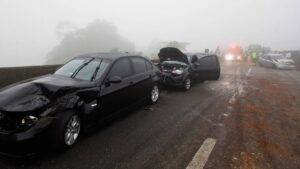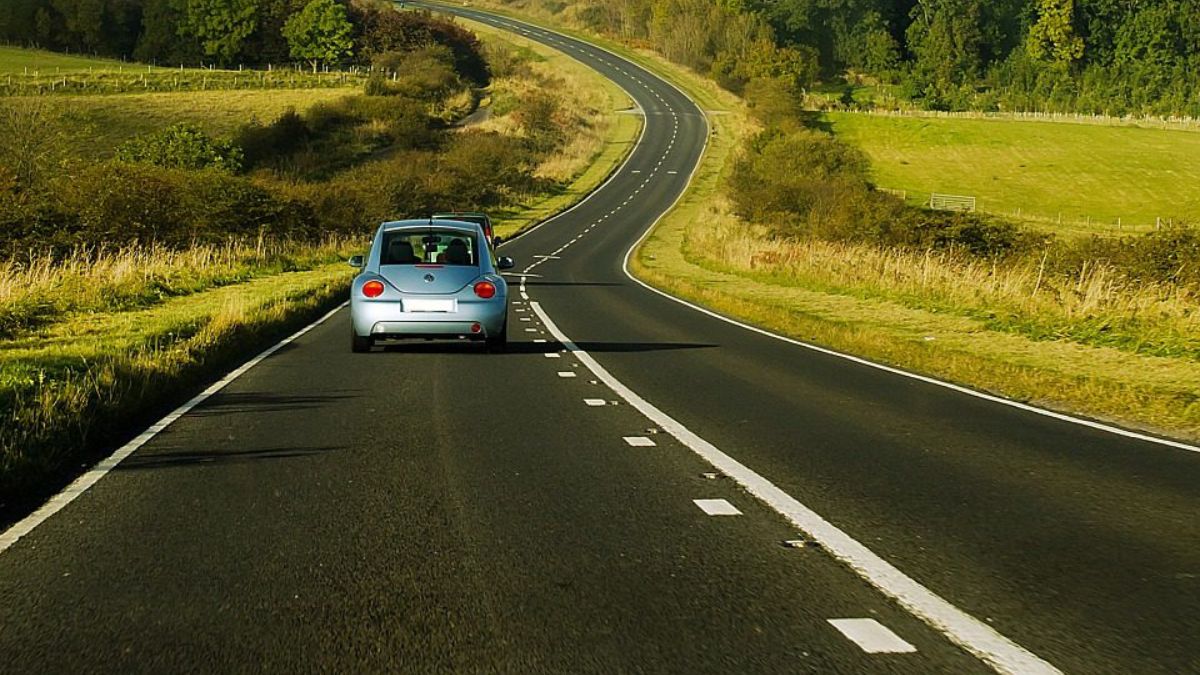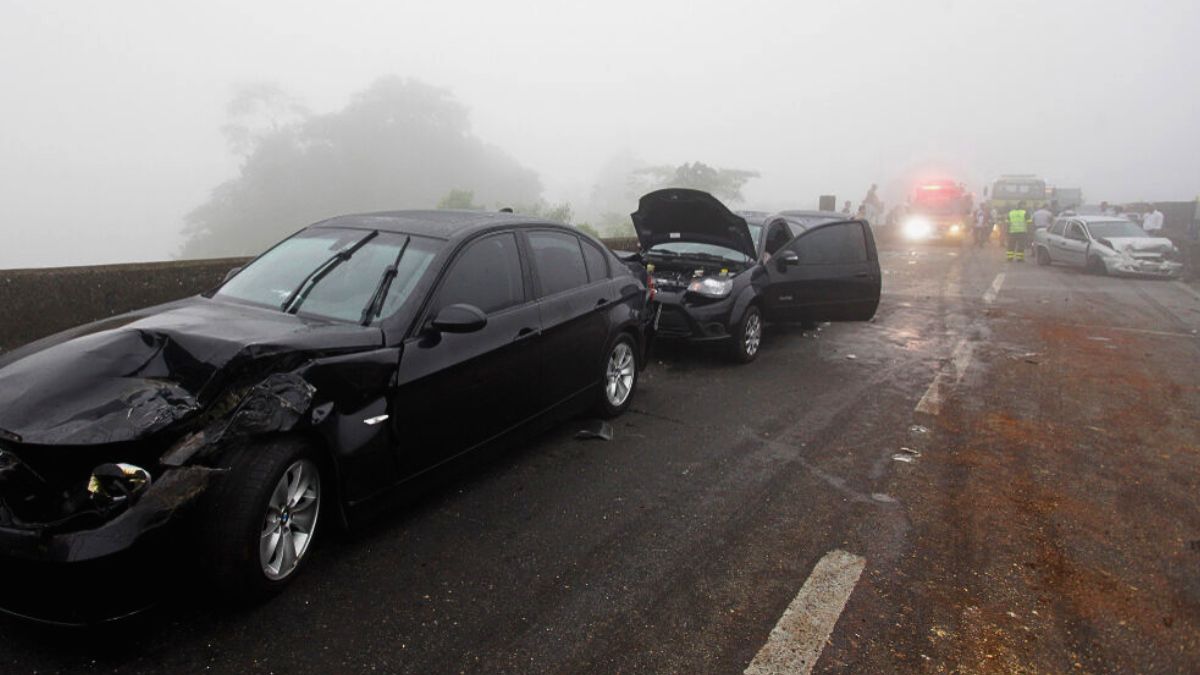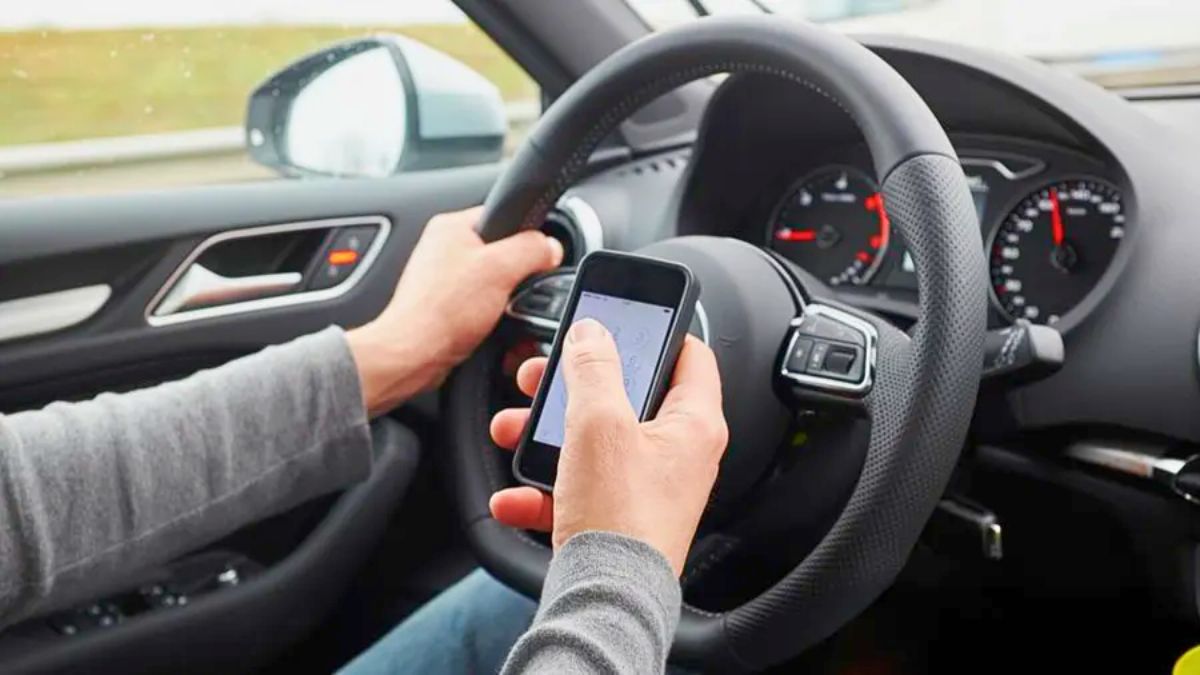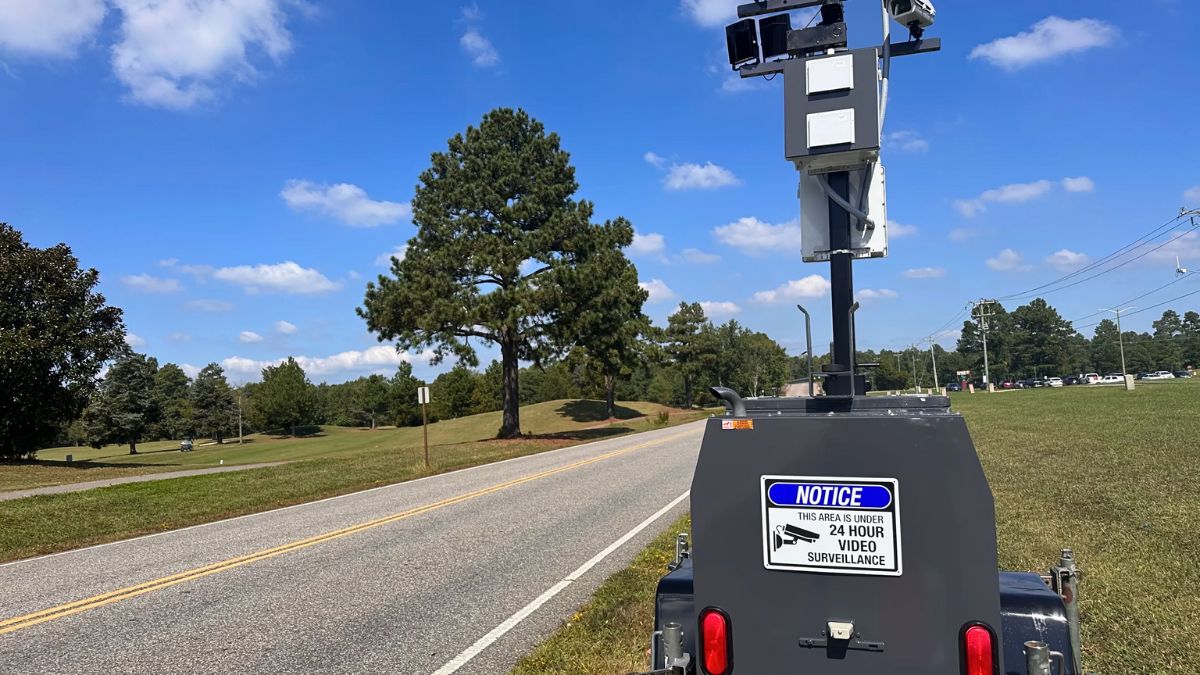The future of road safety is no longer science fiction—it’s happening now. In 2025, new technology is reshaping how we drive, detect danger, and protect lives on the road. From intelligent sensors to AI-powered systems, this year’s innovations aim to reduce accidents, save time, and make driving smarter than ever before.
So what are the game-changers? Here are the top five road safety innovations to keep your eyes on in 2025.
AI-Driven Cameras
Forget old-school speed traps—modern traffic cameras are now powered by artificial intelligence. These new AI-driven systems go far beyond catching red-light runners. In 2025, they’re being used to detect distracted driving, reckless lane changes, and even drivers not wearing seat belts.
Cities are deploying these cameras to collect real-time data that helps adjust traffic flow, alert emergency services, and prevent collisions. Some even link directly to insurance reports or DMV systems when a major violation is caught on camera.
It’s like having a digital patrol officer on every corner—only smarter.
Smart Intersections
Say goodbye to blindly turning left across oncoming traffic. Smart intersections are now equipped with sensors, radar, and cameras that communicate with approaching vehicles. These high-tech crossroads are designed to predict driver behavior and send warnings in real-time.
For example, if a car is speeding through a red light, nearby vehicles can get an automatic alert before a crash happens. These systems can also adjust traffic signals dynamically to improve safety for pedestrians and cyclists.
In 2025, more cities are integrating this tech into urban redesigns, making intersections more intuitive and far less risky.
Connected Vehicles
Vehicle-to-Everything (V2X) communication is finally hitting the mainstream. Cars can now talk to each other, to infrastructure, and even to smartphones.
Imagine getting an alert from a car several vehicles ahead that just slammed on the brakes. Or your vehicle getting a heads-up that an icy patch is around the next bend. That’s V2X in action.
Many 2025 models now come V2X-ready, and state transportation systems are expanding smart road infrastructure to keep pace.
Here’s a quick comparison of how V2X improves driving:
| Feature | Without V2X | With V2X |
|---|---|---|
| Brake reaction time | Delayed | Instant warning |
| Traffic signal sync | Manual timing | Dynamic, real-time adjustment |
| Crash avoidance | Driver-based | Vehicle-autonomous alerts |
In-Road Sensors
Instead of relying only on cameras and vehicles, 2025 roads are starting to get smarter too. In-pavement sensors can now detect weather conditions, traffic volumes, and even tire blowouts.
These sensors transmit data back to traffic management centers, helping agencies respond faster to dangerous conditions or incidents. Snowy highway? The system knows, and the nearest salt truck gets dispatched immediately.
Some cities are also testing sensors that wirelessly communicate with electric vehicles to warn about road conditions ahead—no human input needed.
Driver Monitoring Systems
Advanced Driver Monitoring Systems (DMS) are becoming standard features, especially in semi-autonomous cars. These systems track head movement, eye direction, and steering behavior to detect fatigue, distraction, or impairment.
In 2025, many cars will gently nudge distracted drivers with vibrations, sounds, or even automatic braking if the system senses danger. Some can even call emergency services if the driver becomes unresponsive.
This isn’t about spying—it’s about saving lives. Especially with more cars moving toward full automation, keeping the driver engaged when needed is critical.
Innovation on the road isn’t slowing down. Whether it’s AI cameras catching risky moves or your car talking to a traffic light, these technologies are all working toward one goal: safer roads for everyone. Buckle up—2025 is steering us toward a smarter, safer future.
FAQs
What is V2X communication?
It allows cars to talk to each other and road systems.
How do AI cameras improve safety?
They detect speeding, distractions, and unsafe driving.
What is a smart intersection?
An intersection that uses sensors to predict and prevent crashes.
Are in-road sensors used everywhere?
Not yet, but they’re growing in major cities and highways.
What does a driver monitoring system do?
It checks for distraction, drowsiness, or medical issues.



